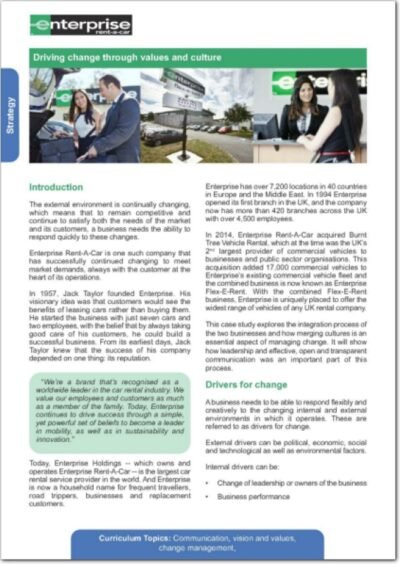
The United Kingdom fosters a vibrant business environment, where brand identity plays a crucial role in achieving success. Trademarks serve as the cornerstone of brand protection, safeguarding your unique mark and distinguishing your goods or services from competitors. This guide delves into the intricacies of UK trademarks, equipping you with the knowledge to navigate the registration process and secure your intellectual property within the UK market.
Understanding UK Trademarks
A UK trademark is a registered symbol, word, phrase, logo, or even a sound that uniquely identifies your brand for specific goods or services. By registering your trademark with the UK Intellectual Property Office (UKIPO), you gain exclusive rights to its use within the UK, preventing others from employing confusingly similar marks. This exclusivity empowers you to:
- Combat Infringement: Should another entity use a similar mark that could mislead consumers, you have legal grounds to stop them.
- Boost Brand Recognition: A registered trademark signals to consumers that your brand is legitimate and trustworthy. It fosters recognition and establishes a strong market presence.
- Gain a Competitive Advantage: A strong trademark differentiates your offerings from those of competitors, acting as a key factor in attracting customers and building brand loyalty.
- Facilitate Global Expansion: A UK trademark serves as a foundation for international trademark protection. Many countries offer simplified registration processes for trademarks already registered in other jurisdictions.
Types of UK Trademarks
The UK trademark system encompasses various types of marks, each offering distinct protection:
- Trademarks: This category covers the most common type, encompassing words, phrases, logos, and other visual representations that identify your brand.
- Collective Marks: These are used by associations of undertakings to distinguish the goods or services of their members. An example might be a quality mark used by a group of farmers for their produce.
- Guarantee Marks: These certify that specific goods or services comply with certain standards or come from a particular geographic location. For instance, a “Fairtrade” mark guarantees ethical production practices.
- Certification Marks: These are used by independent bodies to certify that goods or services meet specific standards or possess certain characteristics. An example might be a safety certification mark for electrical appliances.
The UK Trademark Registration Process
The UK trademark registration process involves several key steps:
1. Trademark Search: Before filing your application, conducting a thorough search UK trademarks is crucial. The UKIPO offers online search tools to identify existing trademarks that might conflict with yours. This search helps avoid potential registration delays or rejections.
2. Application Filing: The UKIPO application form requires details about the trademark itself, the applicant’s information, and the specific goods or services the mark will be used for. Official fees are associated with the application process. For complex applications, consider consulting a trademark attorney for guidance.
3. Examination: The UKIPO examiner will assess your application to ensure it meets the legal requirements for registration. This might involve communication between you and the examiner to address any potential issues, such as lack of distinctiveness or similarity to existing marks.
4. Publication and Opposition: Once approved by the examiner, your trademark is published in a national journal for public opposition. This allows third parties, who believe their rights are infringed upon, to oppose the registration.
5. Registration and Renewal: Assuming no successful opposition arises, your trademark will be registered, and you will receive a certificate of registration. UK trademark registrations are valid for a period of 10 years, with the option for renewal every 10 years thereafter. Timely renewals are essential to maintain your exclusive rights.
Maintaining Your UK Trademark
Effective trademark protection requires ongoing maintenance:
- Renewal: Don’t forget to renew your trademark registration every 10 years. Missing renewal deadlines can result in the loss of your exclusive rights.
- Use: To maintain the validity of your trademark, you must actively use it in the UK within a five-year period.Failing to use your trademark can lead to cancellation of your registration. Consider using your trademark consistently in marketing materials, packaging, and online platforms.
Additional Considerations for UK Trademarks
- Classes of Goods and Services: The UKIPO categorizes goods and services into 45 classes. Your application needs to specify the specific classes your trademark applies to. Choosing the right classes ensures your trademark offers the intended level of protection.
- Distinctive Character: A strong trademark should be inherently distinctive and not merely descriptive of your goods or services. For instance, “Fresh Oranges” wouldn’t be a strong trademark for oranges because it’s simply descriptive.
- Collective vs. Certification Marks: Understanding the distinctions between collective and certification marks helps you choose the right protection for your specific needs.
 Communicating through the "world game", for brand and corporate reputation (PDF)
Communicating through the "world game", for brand and corporate reputation (PDF)  Driving change through values and culture (PDF)
Driving change through values and culture (PDF)  Communication strategies to engage a variety of stakeholders (MP3)
Communication strategies to engage a variety of stakeholders (MP3)  UNISON A3 ePoster Edition 18 “Providing support through the phases of the business cycle”
UNISON A3 ePoster Edition 18 “Providing support through the phases of the business cycle”  Primark A3 ePoster Edition 16 "Engaging with stakeholders"
Primark A3 ePoster Edition 16 "Engaging with stakeholders"  Nestlé A3 ePoster Edition 18 "Achieving sustainability through lean production"
Nestlé A3 ePoster Edition 18 "Achieving sustainability through lean production"  Creating a new transport system (PDF)
Creating a new transport system (PDF)  Tesco A3 ePoster Edition 13 "Recruitment and selection at Tesco"
Tesco A3 ePoster Edition 13 "Recruitment and selection at Tesco" 